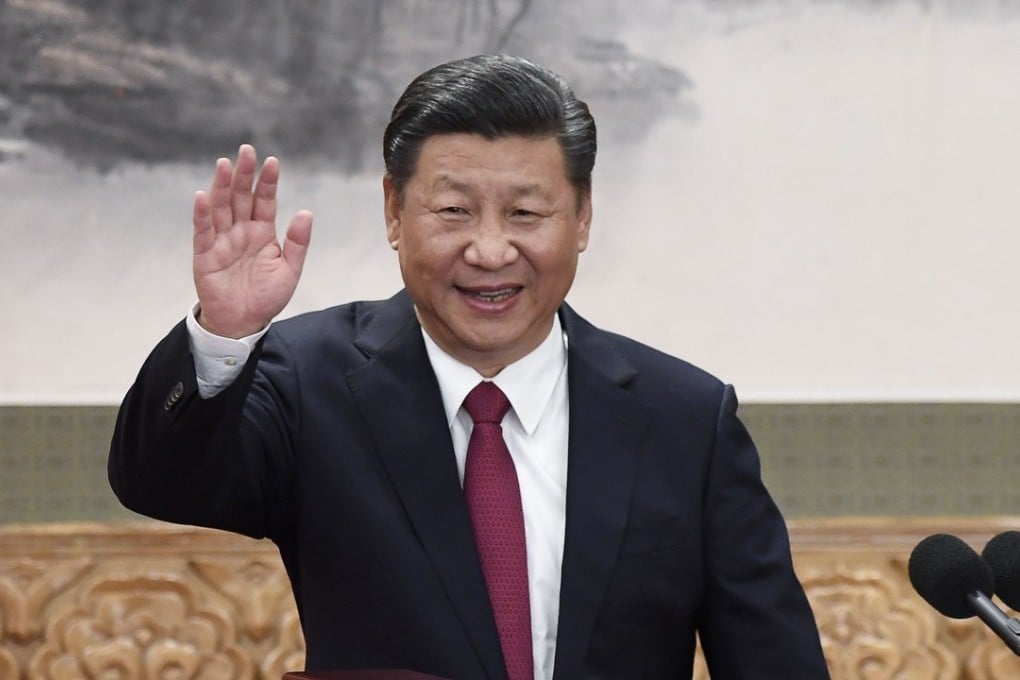Why Xi Jinping’s China model is about both material and spiritual rejuvenation
Patrick Mendis says the Chinese president has plans for his country’s development that, like Alexander Hamilton’s in the US, could spill over into both social and religious realms


Quality over speedy growth: what Xi’s new ‘principal contradiction’ means for Hong Kong
Above all, hundreds of millions of Chinese have been lifted out of poverty into the middle class. And China now has one-third of the world’s millionaires. Given this unprecedented success story in human civilisation, it is important to consider whether the Chinese model of “rejuvenation” can also lead to spiritual development. Xi appears to advocate this important element in cosmopolitan China.
Indeed, across China, a spiritual renaissance seems to be occurring, as Buddhist, Confucian and Daoist places of worship are modernised.
Travelling across China’s provinces, I have witnessed this phenomenon: an increasing number of pilgrims are visiting the holy mountain sites of these ancient traditions – Jiuhuashan in Anhui province, Taishan in Shandong province and Wudashan in Hubei province, among others.
